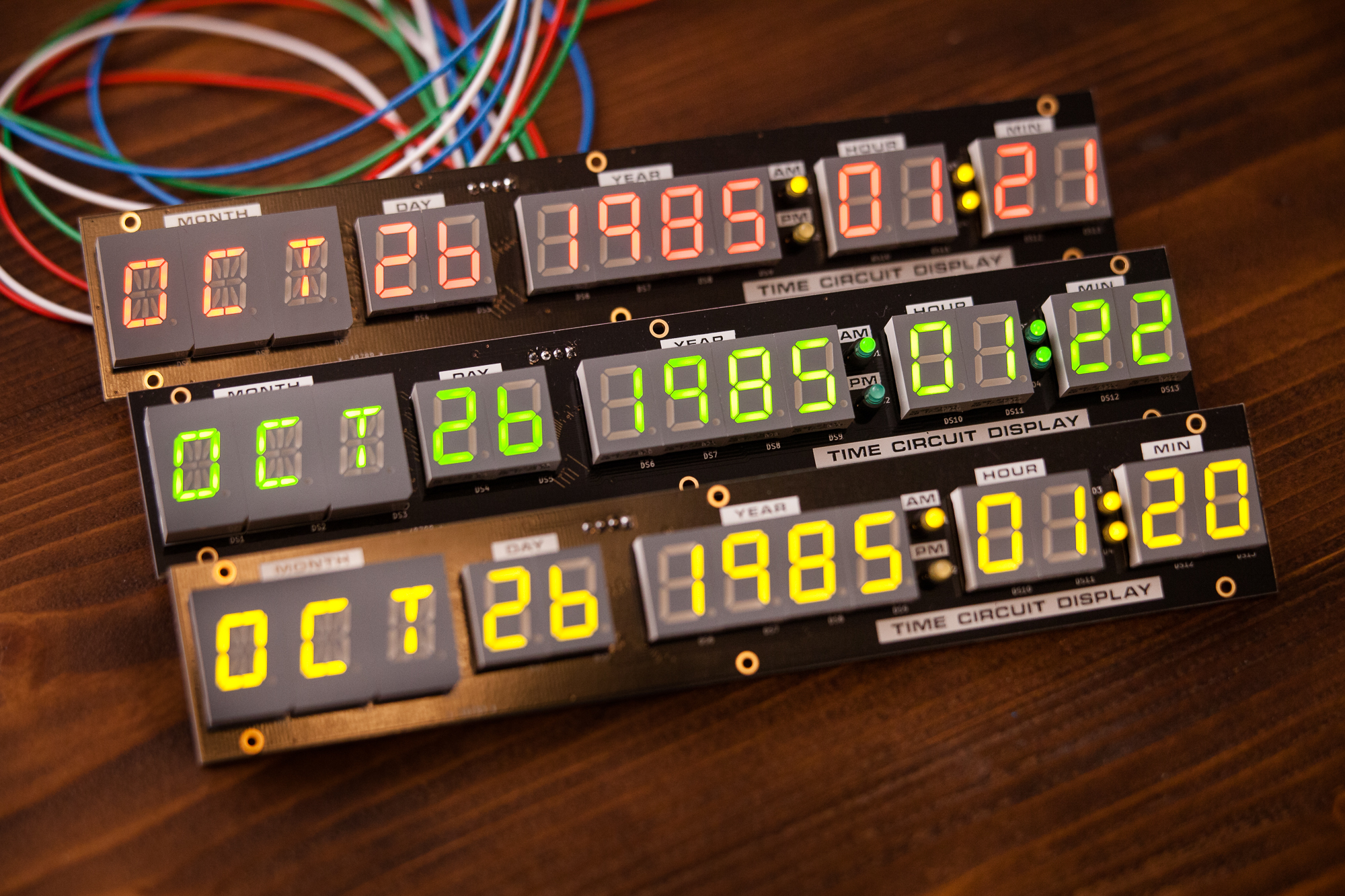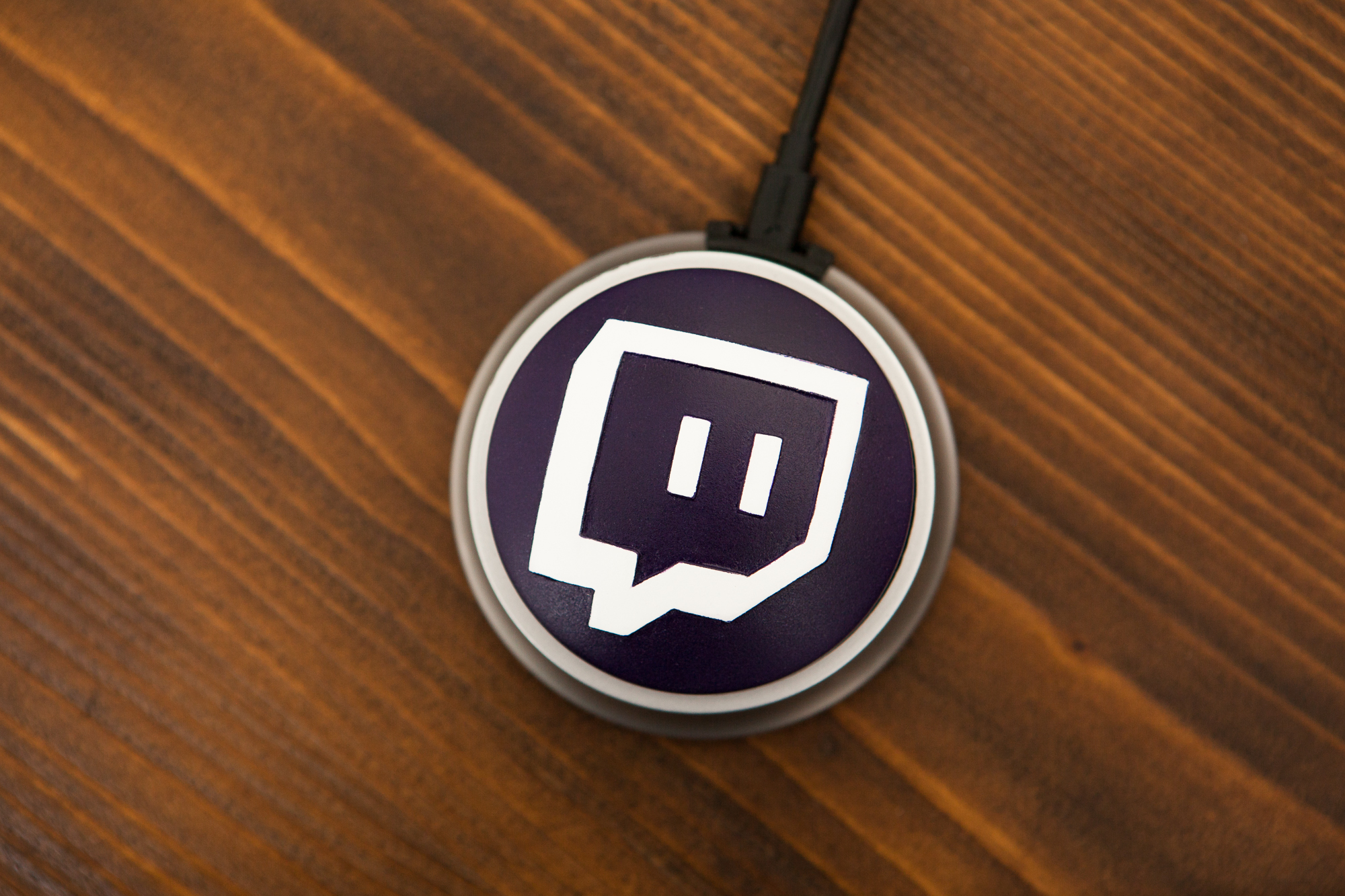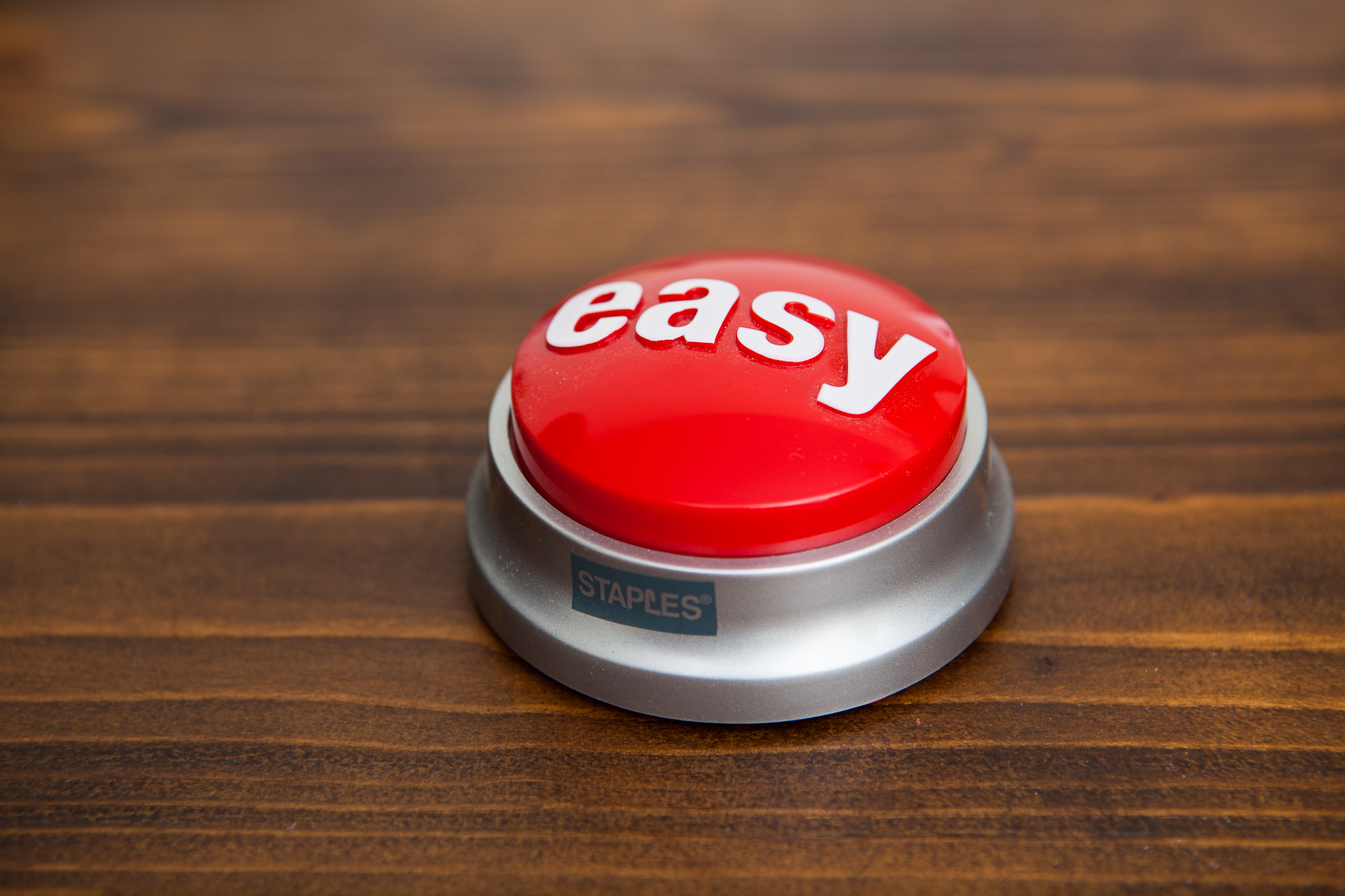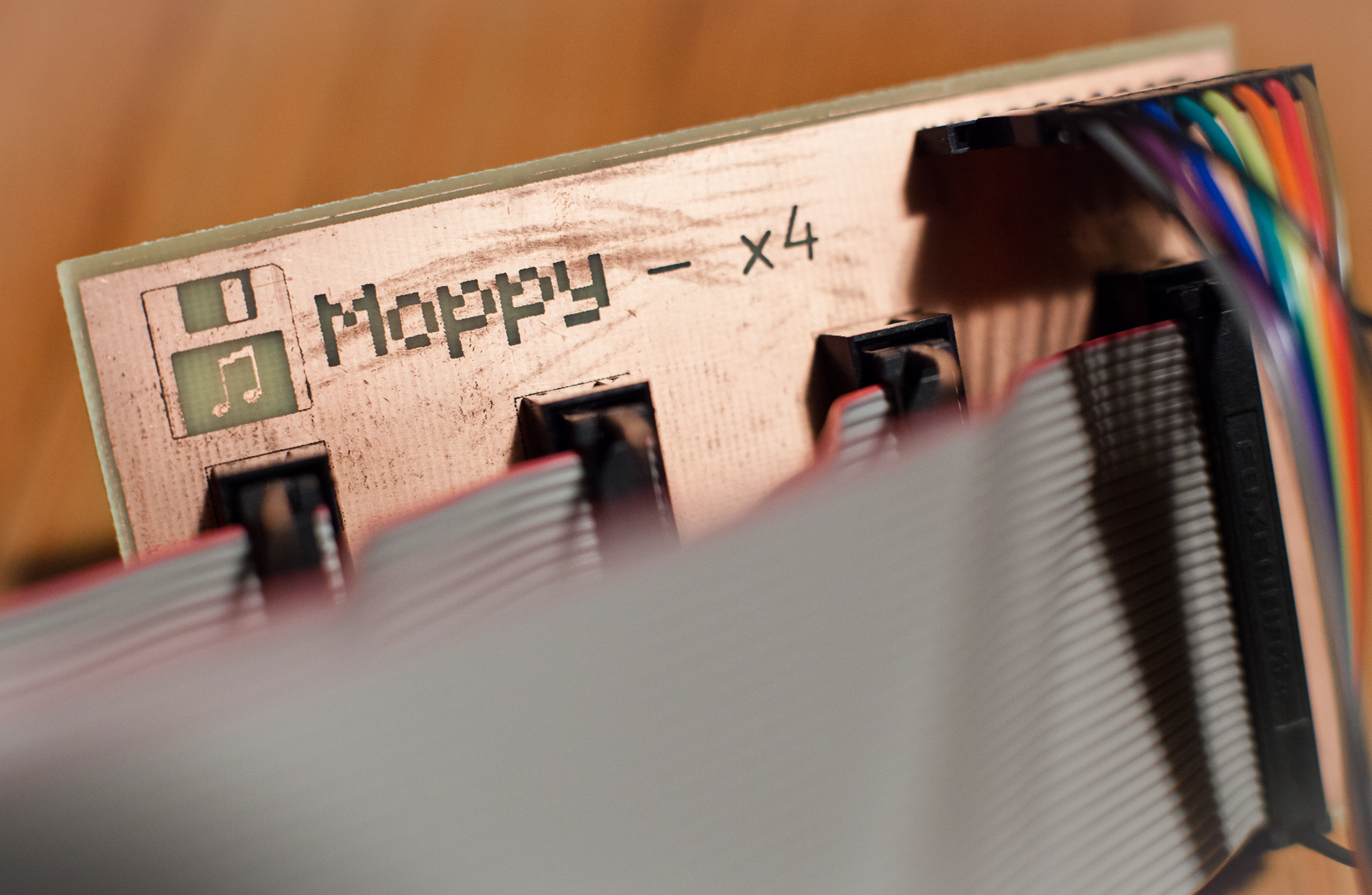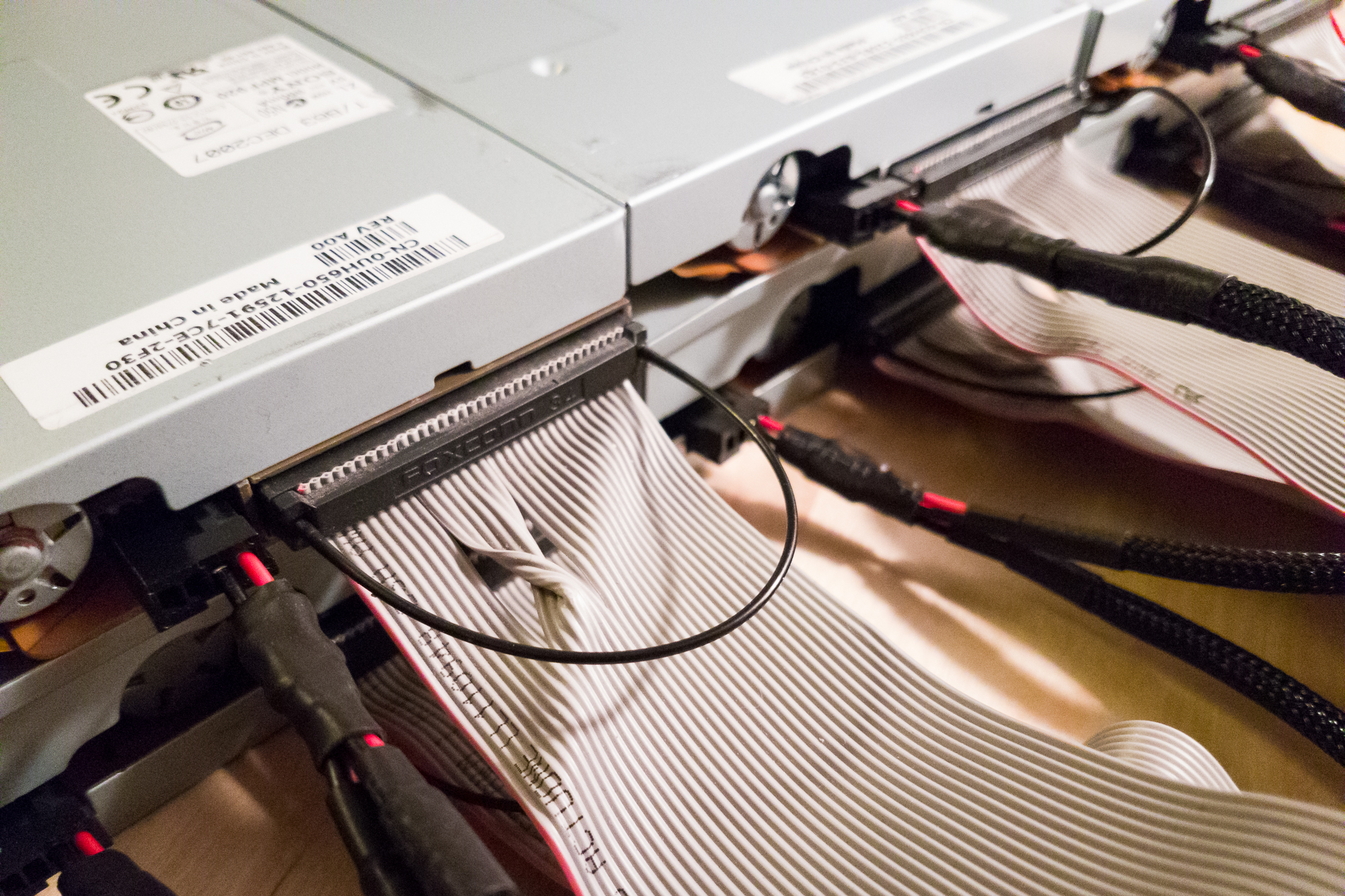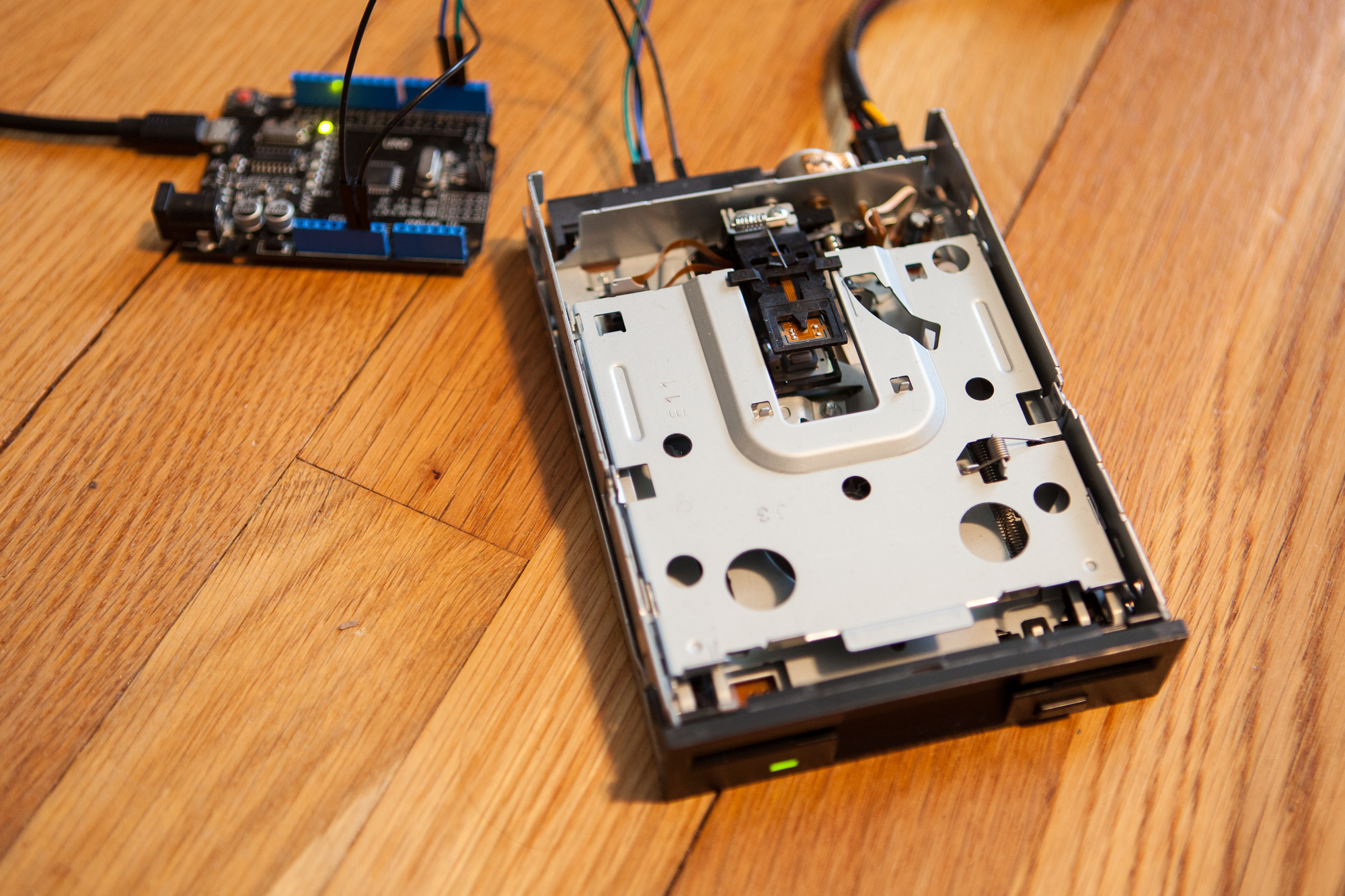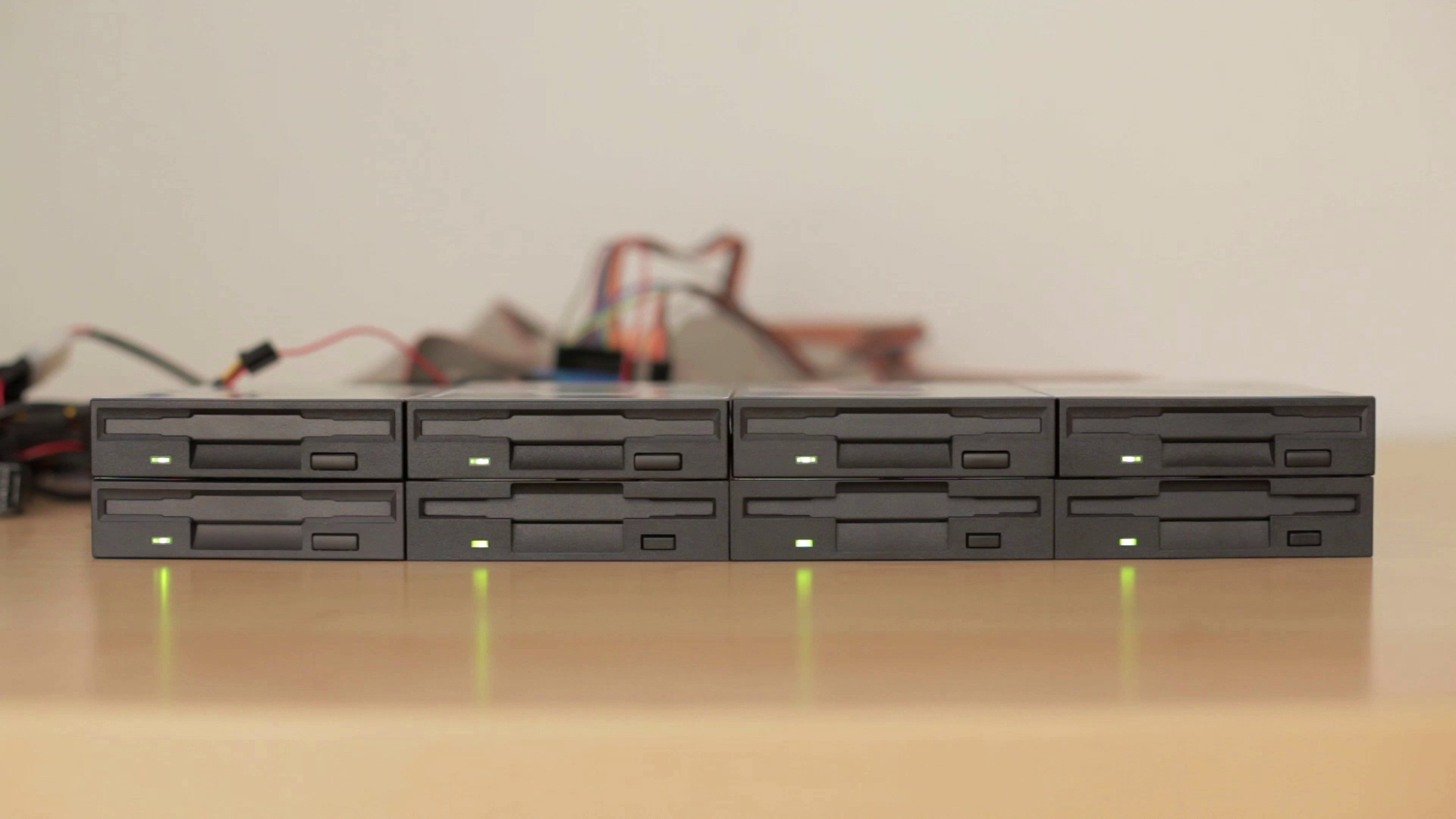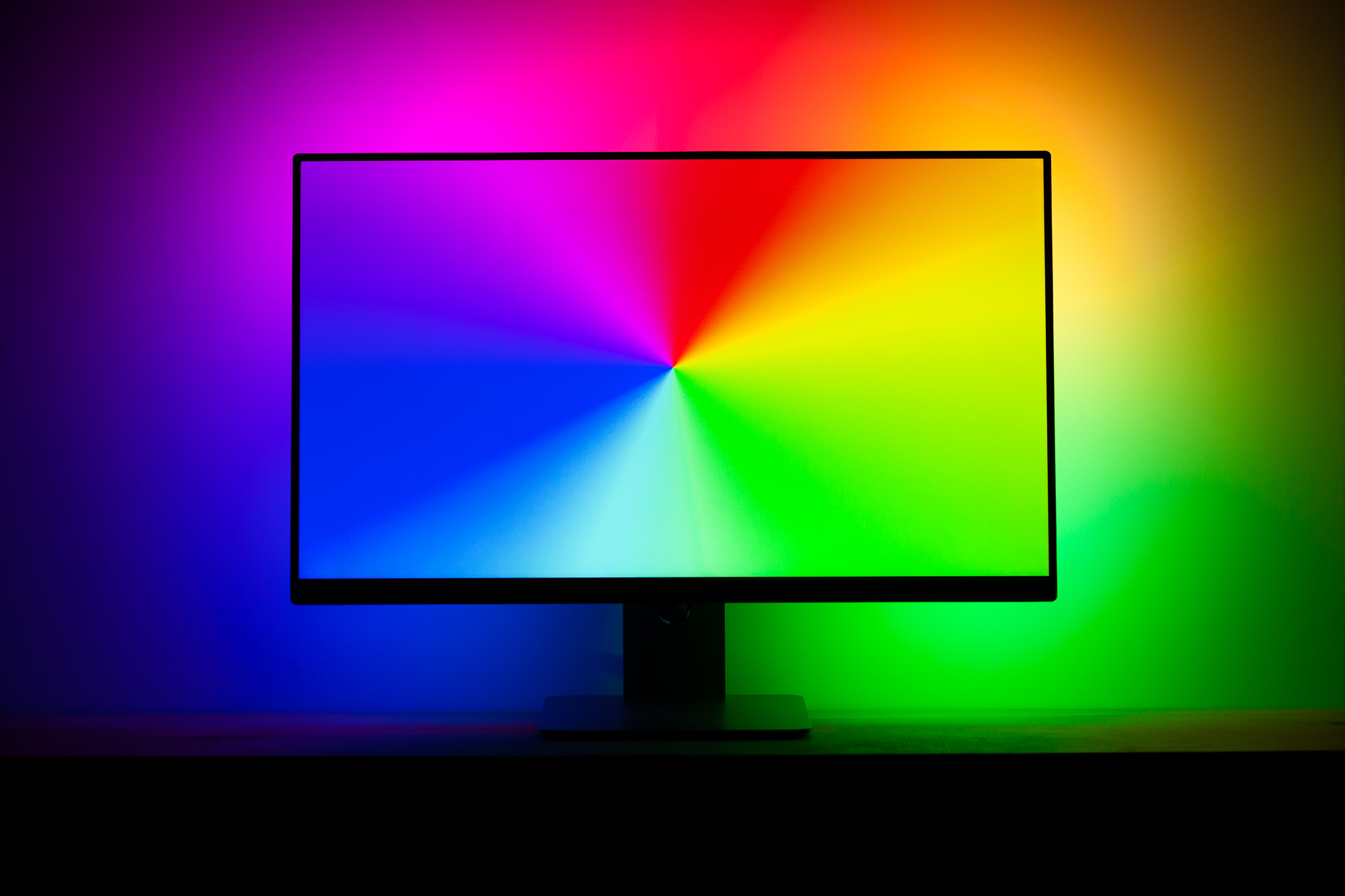Time Circuits
Back to the Future Time Circuits
The goal of this project is to build my own personal replica of the DeLorean’s “Time Circuits”, as featured in the Back to the Future movie trilogy. I’ll need to build custom time circuit displays, a custom keypad for changing the date, and screen-accurate enclosures. To make everything function, I’ll need to design and program some embedded circuits to control it all.
